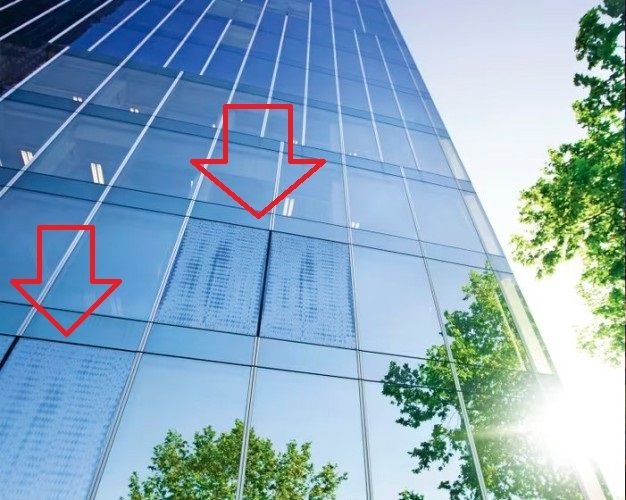Controlling anisotropy in tempered glass is crucial for ensuring the glass’s mechanical strength, safety, and optical properties. Here are some key reasons why controlling anisotropy in tempered glass is important.
Strength and Safety:
Tempering involves rapid heating and cooling of the glass, creating a balance of compressive and tensile stresses.
Controlling anisotropy ensures a uniform distribution of these stresses,
enhancing the overall strength of the glass.
Uniform stress distribution minimizes the risk of spontaneous breakage, ensuring that if breakage does occur, the glass shatters into small, relatively harmless fragments, reducing the likelihood of injuries.
Thermal Stability:
Anisotropic properties can affect the
glass’s response to temperature changes. Controlling anisotropy helps maintain the thermal stability of tempered glass, preventing thermal stress-induced breakage.
Uniform stress distribution reduces the likelihood of thermal fractures, especially when the glass is exposed to rapid temperature changes.
Optical Clarity:
Anisotropic properties can cause optical distortions, such as birefringence, in tempered glass. Birefringence leads to visual distortions and color variations when looking through the glass.
Controlling anisotropy ensures optical clarity by minimizing these distortions, providing a clear and undistorted view through the glass.
Edge Strength:
The edges of tempered glass are particularly susceptible to stress concentrations. Controlling anisotropy is essential to ensure that the stress distribution is uniform across the glass, preventing edge-related failures.
Uniform stress distribution at the edges enhances the glass’s resistance to edge chipping and breakage.
Compatibility with Additional Processing:
Tempered glass may undergo further processing, such as laminating or coating. Controlling anisotropy ensures that the glass maintains its structural integrity and properties during subsequent manufacturing steps.
Glass Inspector 4D was born and developed to analyze, evaluate and qualify all the tempered glass produced by your tempering furnace .
– Planimetry
– Optical distortion
– White haze
– Anisotropy
……..all in one machine .
GLASS INSPECTOR BORN TO INSPECT YOUR GLASS
